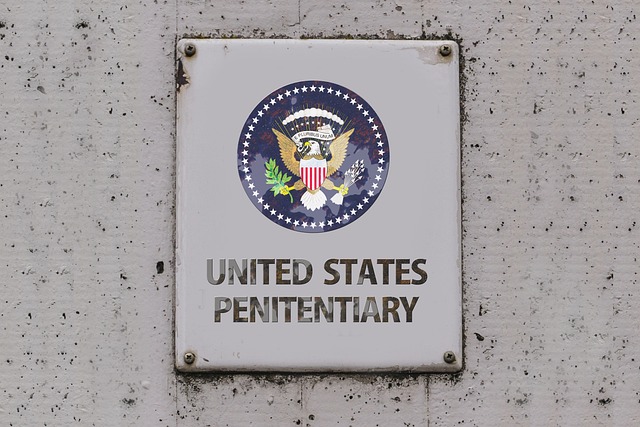Alternative transit options, supported by stringent DUI laws and promoted via social media, are vital in addressing road safety concerns. Social media platforms effectively share information on safe ride choices, including designated drivers, ride-sharing services, and public transportation schedules. User-generated content and campaigns raise awareness about DUI legalities, deterring impaired driving and fostering a culture of safety. Technological advancements and comprehensive public initiatives further empower individuals to make responsible decisions and avoid DUI.
Alternative transit options are transforming the way we travel, offering safer and more sustainable choices beyond traditional cars. This article explores the burgeoning landscape of alternative transit, focusing on legal considerations and social media’s pivotal role in promoting these safe ride options. We delve into innovative strategies for DUI prevention, leveraging technology and public awareness to enhance road safety. By examining these key elements, we aim to highlight how alternative transit can mitigate drunk driving risks while shaping a smarter, more responsible transportation future.
- Understanding Alternative Transit and Its Legal Framework
- Social Media's Role in Promoting Safe Ride Options
- DUI Prevention Strategies: Leveraging Technology and Public Awareness
Understanding Alternative Transit and Its Legal Framework

Alternative transit options have gained significant importance, especially with growing concerns about road safety and drunk driving. These options offer a responsible way to travel while adhering to legal frameworks designed to ensure public safety. Understanding alternative transit involves recognizing various modes of transportation that can replace personal vehicles, particularly during situations where impairment is a concern.
From ride-sharing services to dedicated transit systems, these alternatives are supported by robust legal structures. In many jurisdictions, there are specific laws and regulations governing drunk driving, including strict penalties for those who operate under the influence. Social media has also played a crucial role in promoting awareness about alternative transit options, encouraging responsible behavior, and disseminating information on available services during times when individuals might be at risk of driving under the influence.
Social Media's Role in Promoting Safe Ride Options

Social media platforms have emerged as powerful tools in promoting safe ride options, especially with regard to the legal aspects of driving under the influence (DUI). These digital spaces allow for rapid dissemination of information on designated drivers, ride-sharing services, and public transportation schedules. Campaigns and hashtags dedicated to responsible drinking can reach millions within hours, encouraging users to make safer choices.
Through user-generated content, social media offers a unique insight into real-time safe transit options. Reviews, check-ins, and live updates from popular ride-sharing apps provide potential riders with accurate data on availability, pricing, and safety standards. Moreover, public discussions around DUI legalities, penalties, and the consequences of impaired driving create a sense of collective responsibility, fostering a culture of safety awareness on social media platforms.
DUI Prevention Strategies: Leveraging Technology and Public Awareness

DUI prevention strategies have evolved significantly, leveraging technology and public awareness to promote safer driving habits. Social media platforms play a crucial role in disseminating information about the legal aspects of DUI, helping individuals understand the consequences of impaired driving. Campaigns that use these digital tools to share real-time data on sobriety checkpoints and penalties can deter potential offenders.
Moreover, technological advancements like mobile apps that offer ride-sharing services or designated driver networks make it easier for responsible individuals to plan ahead and avoid driving under the influence. Public awareness initiatives should also emphasize the role of good decision-making and personal accountability, backed by clear legal guidelines and strict enforcement to create a culture where safe transit options are the norm.
Alternative transit options play a pivotal role in enhancing road safety, especially regarding DUI prevention. By leveraging social media platforms to promote safe ride choices and educating the public about legal frameworks surrounding alternative transportation, we can significantly reduce impaired driving incidents. Integrating technology with public awareness campaigns is crucial in navigating the challenges posed by drunk driving, ultimately fostering a safer and more responsible transit culture. Social media and DUI legal aspects are intertwined in this effort, ensuring that citizens have the knowledge and resources to make informed decisions that protect them and their communities.






